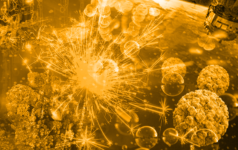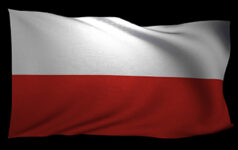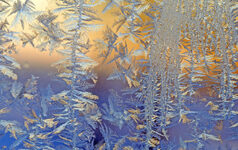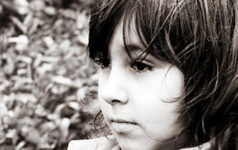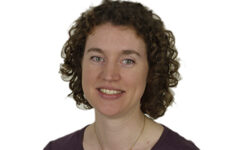The Eduspace website, by the European Space Agency
If you teach geography, earth science, physics, or even information and communications technology (ICT) or biology, you should definitely visit the Eduspace website from the European Space Agency (ESA).






